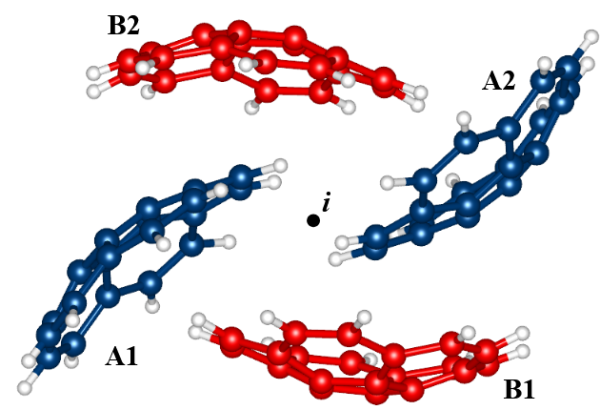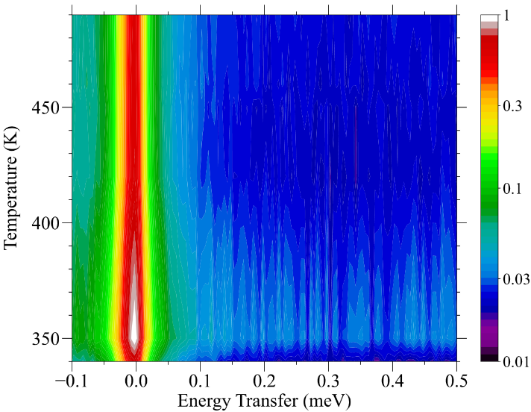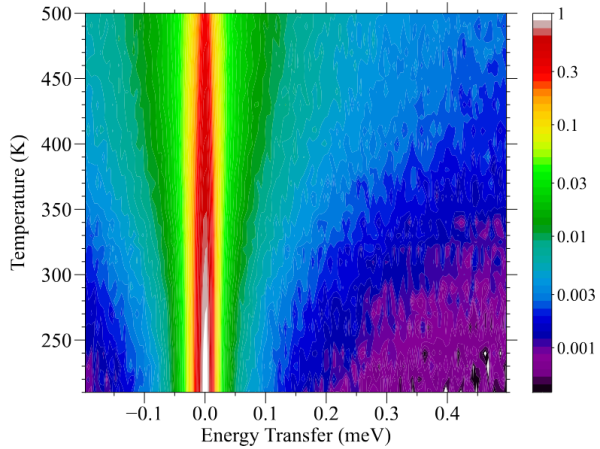PhD Thesis Defense | Balthasar Braunewell
 Corannulene and Perylene – an exploration and comparison of their structure and dynamics
Corannulene and Perylene – an exploration and comparison of their structure and dynamics
November 18, 11:00
Salon de grados, Facultad de Filosofia/Psicologia
Candidate: Balthasar Braunewell
Supervisors: Felix Fernandez Alonso, and Ronen Zango
SUMMARY
This thesis presents an investigation of how molecular curvature governs the phase behaviour and dynamics of corannulene by contrasting its behaviour to its flat counterpart perylene. By using advanced calorimetric methods, alongside X-ray diffraction and neutron scattering, the disordered solid phase of corannulene was studied in great detail revealing key insights into the connection between the disordered glassy state of corannulene with the disordered crystalline phase.

In the solid crystal, corannulene arranges itself into tetramers. The tetramers are formed of two crystallographically distinct corannulene molecules coloured blue and red, respectively.
By contrast, perylene’s flat nature prevents it from forming a glassy state with perylene crystallising even at the highest cooling rates of 1000s of Kelvin per second. Both corannulene and perylene melt at similar temperatures and display comparable translational and rotational diffusion behaviour in the liquid phase. Structure factors for both liquids contain strong coherent features with similar correlation lengths indicating persistent short-range ordering which is connected to the formation of dimers which is further corroborated by simulations of corannulene. Altogether, curvature emerges as the primary driver of corannulene’s dynamical behaviour and exceptional ability to supercool.

Two-dimensional map of I(E;T) of Perylene in the energy-transfer region -0.2 to 0.5 meV, obtained after integration over the Q-range 0.45-1.75 Å−1. Note the logarithmic colour scale for scattered intensities. No quasielastic broadening is observed.

Two-dimensional map of I(E;T) of Corannulene in the energy-transfer region -0.2 to 0.5 meV, obtained after integration over the Q-range 0.45-1.75 Å−1. Note the logarithmic colour scale for scattered intensities. Quasielastic broadening arises at <250 K already.




 Corannulene and Perylene – an exploration and comparison of their structure and dynamics
Corannulene and Perylene – an exploration and comparison of their structure and dynamics